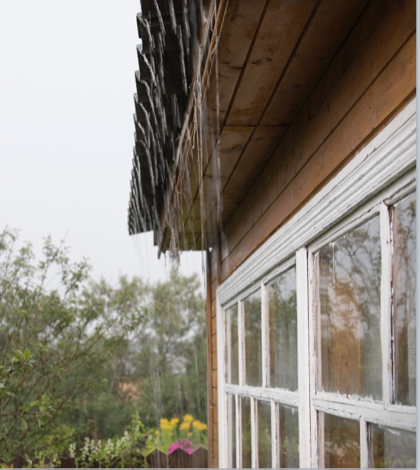Although the weekend’s rain was a welcome diversion to California’s five-plus year drought, concerns have now turned to flash floods, especially in the 560,888 acres blackened by fires this year within the state. State officials and the National Weather Service have urged the public to begin preparations for potential flood events.
Drought conditions have exacerbated wildfires across the state and, though fire season continues throughout the state especially in Southern California, rain is beginning to fall on the fire scarred land. Fire damaged areas can become prone to sudden erosion along roads and through neighborhoods, especially in areas downhill from blackened former fire sites.
Flood and fire officials from the California Department of Water Resources (DWR), CAL FIRE and the National Weather Service (NWS) are urging individuals and families to be aware of weather conditions and forecasts, know their risk and prepare to evacuate quickly if ordered by local officials. Flood Prepare California suggest the following action steps to be ready in case of flash flooding:
- Share flood preparedness information with neighbors, students, family and friends. Using online resources, demonstrate how to prepare an emergency kit and an evacuation plan.
- Store emergency kits at work, home and in your car. Periodically check supplies and refresh water, food, batteries and first aid items when needed.
- Establish a family communication plan for emergencies. Your family may not be together during an emergency, so think about how you will communicate and where you will meet following an evacuation. Periodically review your plan.
- Keep storm drains clear. If your property is prone to flooding, have sandbags, plastic sheeting and other flood-fighting materials on hand.
- Consider flood insurance. Most homeowners’ insurance policies do not cover flood damage. Ask your insurance agent about obtaining flood insurance from the National Flood Insurance Program. Typically, a 30-day wait period is required before a flood insurance policy takes effect. Contact your insurance provider for more information.
In light of the increased risk for flooding this year, CAL FIRE has taken measures to stabilize many slopes, including straw-mulching and installing Early Warning System rain gauges linked to local government emergency response systems to trigger evacuations. DWR is now using innovative monitoring tools that synthesize multi-agency data to understand detailed, real-time ground conditions, helping to inform officials of developing areas of flood concern. The NWS is responsible for issuing flood watches and warnings to the media and the public.
In addition to preparations for flood readiness, Californians are encouraged to monitor television and radio broadcasts and to take advantage of a variety of smart phone apps, all of which carry NWS alerts.
“With an increased number of burn areas comes increased potential for flash flooding in those areas,” said Bill Croyle, Deputy Director of Statewide Emergency Preparedness and Security for DWR. “Flood preparedness is even more important this year due to widespread wildfires the state has experienced.”
For more information about the risk of flooding after fire, NWS provides information on the treat of flash flooding threats within fire burn scars at http://www.weather.gov/riw/burn_scar_flooding.
 California Water News Daily Your Source For Water News in California
California Water News Daily Your Source For Water News in California


